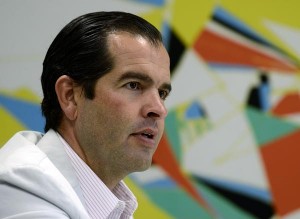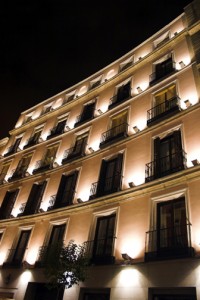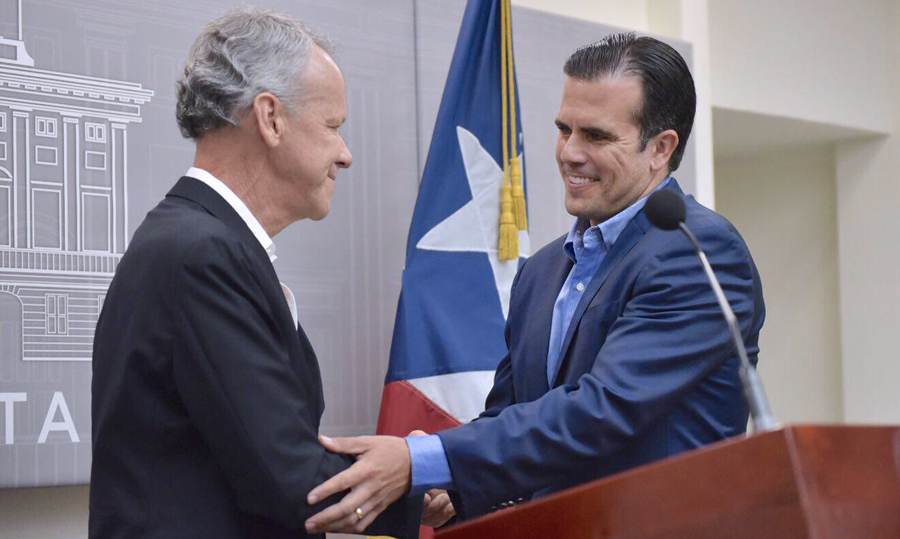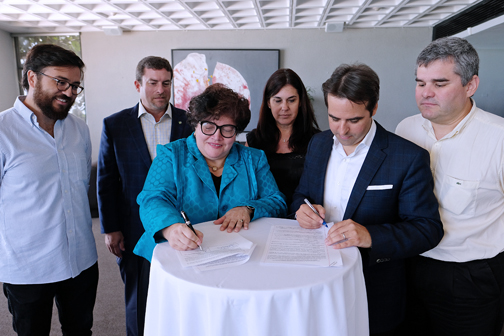New ACH president: Sector will pick itself up by ‘thinking outside the box’
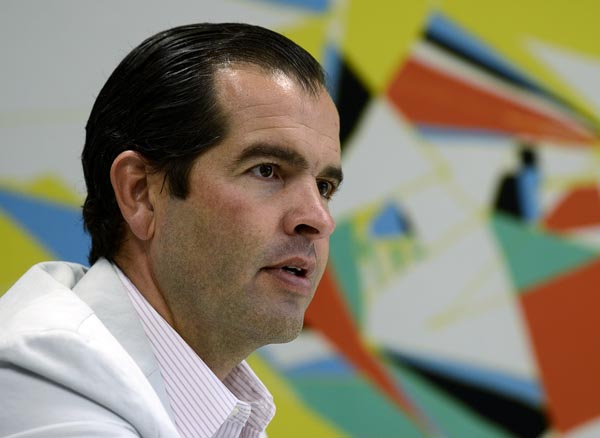
Contractor Alejandro Brito, who for the next two years is presiding the Puerto Rico Homebuilders Association, applauded the Gov. Luis Fortuño administration’s decision Tuesday to extend the housing incentive program he said has been “totally effective” through the end of 2012.
During an interview with News is my Business, the executive heading the trade group known as ACH, said Law 132 signed in September 2010 has helped move a significant inventory of dwellings by eliminating or reducing mortgage loan expenses “that would usually keep people from qualifying for a loan, as they can represent up to 2 percent of certain transactions.”
“If you give people an exemption from paying [Municipal Revenues Collection Center] CRIM taxes during the first five years, it makes it easier for them to qualify,” said Brito, general manager of Estancias Reales, S.E., a division of Brito Development Company. “On the other hand, the law also motivates a person who is buying a property with the intention of selling it in a few years, because they will not have to pay capital gains taxes.”
The transition law signed Tuesday extends the life of the incentives program through June 2012, and will then begin to be phased out through December 2012. The benefits granted so far — 100 percent exemption on capital gains taxes for sellers and 100 percent exemption on vouchers and mortgage cancellation fees, among others — will remain in place through June 30, after which they will be reduced by half for new properties sold and by a fourth for existing property sales.
According to the Housing Finance Authority, through Sept. 30, the down-payment assistance and closing cost bonus programs had benefited 20,465 participants who had received a combined $127 million in bonuses. The program has spurred sales of $2.7 billion, the agency’s latest statistics showed.
Thinking outside the box
During his tenure, Brito has been given the responsibility of carrying out two major initiatives with a single goal: injecting life info the embattled home construction and sales sector.
On the one hand, the sector is looking to move the more expensive properties, those valued at $300,000 or more, of which there are about 10,000 available, Brito said.
“We basically have to reinvent ourselves, and look for ways to reposition those properties by thinking outside the box,” said Brito.
For example, he said some of the loftier properties for sale, especially those near or around colleges and universities, could be leased to students who could likely take advantage of work-study programs to cover their housing expenses.
“By renting rather than selling, the barriers of entry are much lower. Ultimately, what we don’t want are empty buildings, which deteriorate rapidly either through vandalism or just bad weather,” he said. “An alternative is to rent the properties directly to the university, which in turn can assign two or three students per apartment.”
Another option is turning empty multi-family properties into senior communities, complete with amenities and health services, much like retirement complexes in Florida and other states.
“These units can be rented for a while and when the economy improves, possibly sell them,” he said.
Laying the groundwork for ‘e-housing’
The second task Brito has to work with is addressing a shift in consumer demand from the traditional three-bedroom, two-bath dwelling to a smaller, more inexpensive property. With that in mind, over the next two years Brito will lobby for a new model of more affordable properties, which he called the ‘e-house.’
“That home is both economical and efficient. It is a home that a person earning minimum wage can qualify to buy without the government’s help,” he said.
The calculated selling price for the so-called ‘e-house’ must hover at $67,500, he said, adding there is a need for about 22,000 affordable housing units in Puerto Rico. These are one- or two- bedroom homes averaging about 650 square feet of living space, plus 150 square meters of yard space.
“For us to be able to build a house at that price we need the government’s intervention,” Brito said. “They are the biggest land owners on the island, so we need for them to donate lands that we can develop, while passing on those savings to the consumer.”
By eliminating costs associated with buying land and reducing impact fees — including municipal taxes, and expenses related to connections to electrical and sanitary systems, for example — the housing industry could reactivate itself, he noted.
“This industry generates an average of three direct jobs per unit built,” he said, plus an unspecified number of indirect slots.
Finally, he said there are a number of laws and regulations that need overhauling, naming the Horizontal Property Law, the Eviction Law and CRIM regulations as some that could “be tempered to current reality.”

